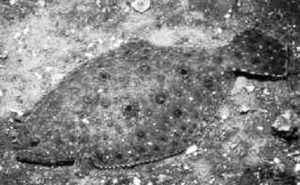
Dietary protein level and protein/energy ratios for optimum growth of olive flounders
Olive flounders fed a diet containing 45 percent crude protein at 4,000 kcal/kg appeared to utilize feed more efficiently than fish fed the other diets.
"Tasteless smoke” – a purified extract of wood smoke with particulate matter removed – has a mystifying ring to it, but is a straightforward concept.

Olive flounders fed a diet containing 45 percent crude protein at 4,000 kcal/kg appeared to utilize feed more efficiently than fish fed the other diets.
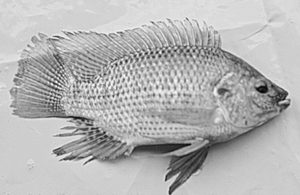
A promising strain of Nile tilapia is the genetically male tilapia that results from the mating of sex-reversed female fingerlings with normal females.
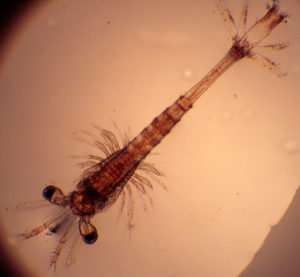
The authors developed hatchery techniques for producing Florida’s native pink shrimp for the Crystal River Mariculture Center.
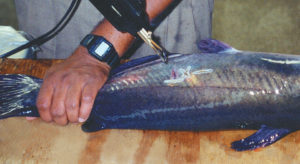
Feeding channel catfish broodstock once a week to satiation limited fish growth but resulted in optimum condition factor during the post-spawning phase.
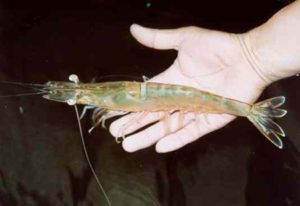
Institutions in China and the U.S. are establishing domesticated lines of Penaeus chinensis, a cold-tolerant species with additional positive production characteristics.
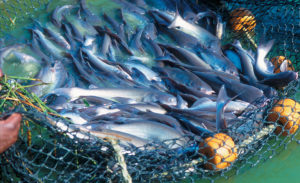
Although research on catfish genetics began in the 1960s, applications of genetic improvement in aquaculture have lagged behind other animal industries.
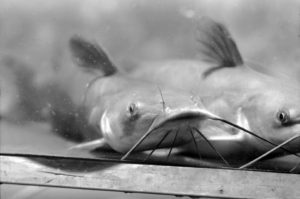
Catfish producers and processors should actively begin the process of reconsidering production systems to drastically reduce costs and equitably share risks.
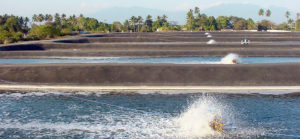
Taura Syndrome Virus has negatively affected Guatemala's shrimp-farming industry, reducing overall shrimp survival from 81 percent to 30 percent.
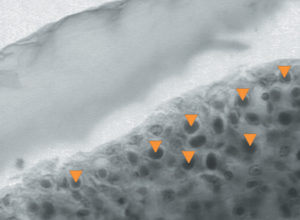
A number of studies have demonstrated the role of a temperature-mediated component in shrimp survival to infection by White Spot Syndrome Virus.
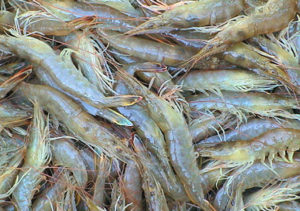
The Yellow Sea Fisheries Research Institute in Qingdao, China, is producing strains of fleshy shrimp with faster growth rates and higher disease resistance.
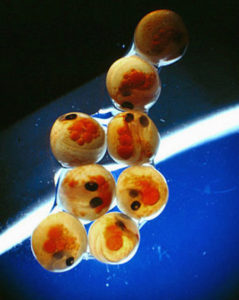
If selective breeding is done for several traits simultaneously, the selection response for each will be reduced, as compared to single-trait selection.
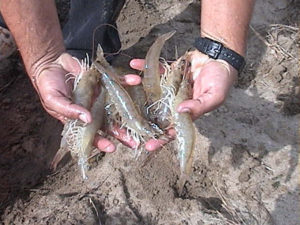
Genetic improvement will play a key role in the further development of the ongoing domestication of shrimp, important for the industry's long-term acceptance.
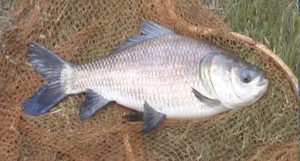
A domesticated organism is trained to live with, or be of service to, humans. In practice, their life cycle has been closed in artificial environments.
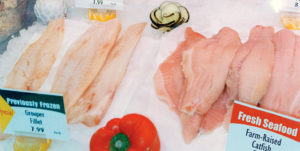
Can microbial plate counts accurately distinguish fish fillet quality? It's an effective quality indicator for some aquaculture species but not others.

Progressive hatchery operators recognize the benefits of adding benthic pennate diatoms of the genera Amphora and Navicula to their larviculture tanks.